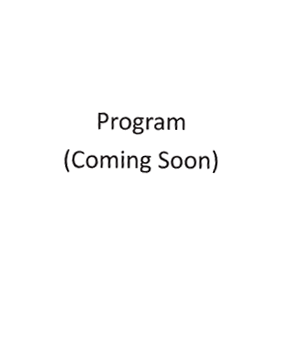Back
Strategic Decisions
D4: Optimizing Provider Compensation: Real-Life Strategies
Tuesday, September 30, 2025
8:15 AM – 9:15 AM EDT

Carter Dodd
Associate Administrator
Conway Regional Health System, Arkansas
Rebekah S. Fincher
Chief Administrative Officer and Designated Institutional Official
Conway Regional Health System, Arkansas
Speaker(s)
Eligible for: ACMPE: 1 | ACHE: 1 | CEU: 1 | CME(AAPC*): 1 | CPE: 1 | PDC: 1
Traditional | Advanced | Synthesis
Conway Regional Health System, a 180-bed not-for-profit healthcare system in Arkansas, faced challenges aligning provider compensation following CMS fee schedule changes, especially for outpatient E/M work within a Primary Care Network where advanced practice providers (APPs) comprise 70% of the provider base. Historically, APPs followed a fixed-threshold model with bonus opportunities, while physicians' compensation was tied to wRVU production and quality metrics.
Conway Regional adjusted per-wRVU rates for all PCPs but maintained existing compensation structures. As APP practices grew and thresholds became easier to reach, a disparity arose, prompting the need for aligning compensation with practice structure and production;
incentivizing enterprise quality targets; and creating a scalable, unified model for all PCPs.
The new APP contract introduced a tiered wRVU rate tied to production and incentives based on three quality metrics. This strategic shift improved equitable compensation, incentivized value-based care, generated substantial financial savings, increased patient visits, minimized negative financial impacts, and retained providers effectively.
Attendees will learn to apply these proven strategies to achieve equitable, scalable, and performance-driven provider compensation.
Traditional | Advanced | Synthesis
Conway Regional Health System, a 180-bed not-for-profit healthcare system in Arkansas, faced challenges aligning provider compensation following CMS fee schedule changes, especially for outpatient E/M work within a Primary Care Network where advanced practice providers (APPs) comprise 70% of the provider base. Historically, APPs followed a fixed-threshold model with bonus opportunities, while physicians' compensation was tied to wRVU production and quality metrics.
Conway Regional adjusted per-wRVU rates for all PCPs but maintained existing compensation structures. As APP practices grew and thresholds became easier to reach, a disparity arose, prompting the need for aligning compensation with practice structure and production;
incentivizing enterprise quality targets; and creating a scalable, unified model for all PCPs.
The new APP contract introduced a tiered wRVU rate tied to production and incentives based on three quality metrics. This strategic shift improved equitable compensation, incentivized value-based care, generated substantial financial savings, increased patient visits, minimized negative financial impacts, and retained providers effectively.
Attendees will learn to apply these proven strategies to achieve equitable, scalable, and performance-driven provider compensation.
Learning Objectives:
- Develop a scalable, production-based provider compensation model aligned with practice structure and incentivized through value-based metrics
- Create guiding principles for team members that respond to CMS fee schedule adjustments, ensuring a consistent approach to provider compensation
- Design a transparent communication strategy to address provider concerns and effectively manage expectations regarding compensation changes

